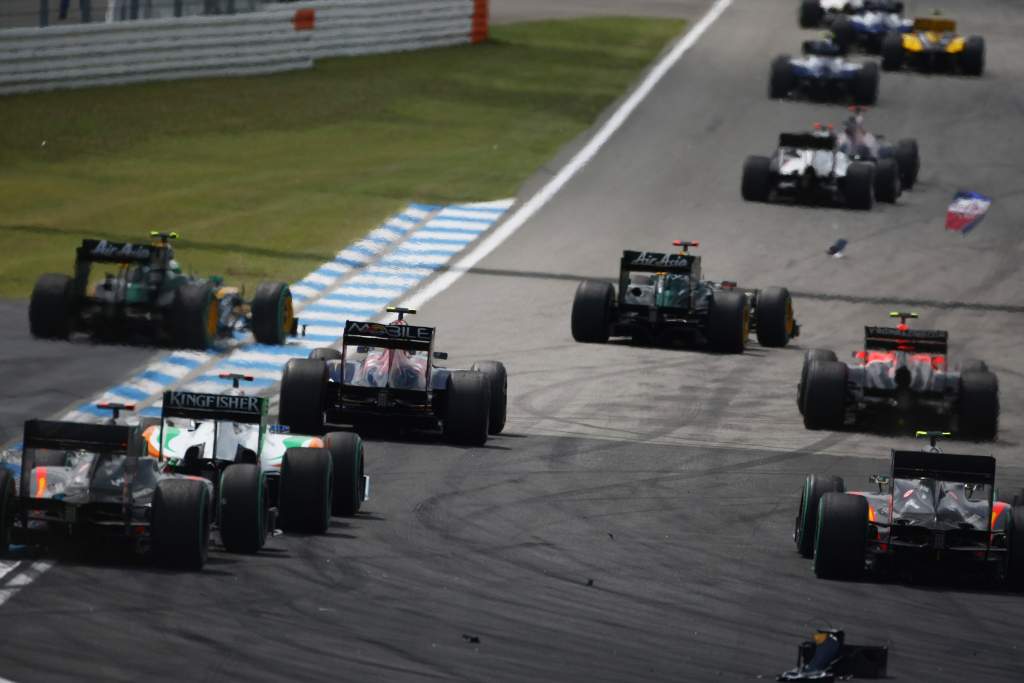Up Next

One of the main objectives of Formula 1’s recent rule revolution is to close up the field. Conventional wisdom states the longer the rules are stable, the closer the competition gets, so the hope is things will get tighter in 2023.
Historically that trend is broadly true, although it’s never quite as linear as that. Both a look back at F1’s past and the current situation in F1 suggests it won’t be that clear-cut and even though it’s hoped 2023 will be closer, there could be a painful reality check for those expecting it.
F1’s 2022 regulations aimed to make the field more competitive in multiple ways and it is realistic to expect them to have a positive effect. This objective has been attacked not only technically, but also through the financial and sporting regulations, as well as the Concorde Agreement that binds together the teams, the FIA and commercial-rights holder Liberty Media.
The rules for the new generation of ground-effect cars are highly prescriptive. This is not only to improve what’s called the “raceability” of the cars, but also to limit the development scope so that the performance spread is tight.
The FIA also has the right to ban legal designs for the following season should they go against these intentions, as it has done with the Aston Martin rear-wing endplates and the Mercedes front-wing endplates for 2023. Along with the raising of the floor edges to tackle porpoising problems, these are the only major changes to what is largely a stable set of rules.
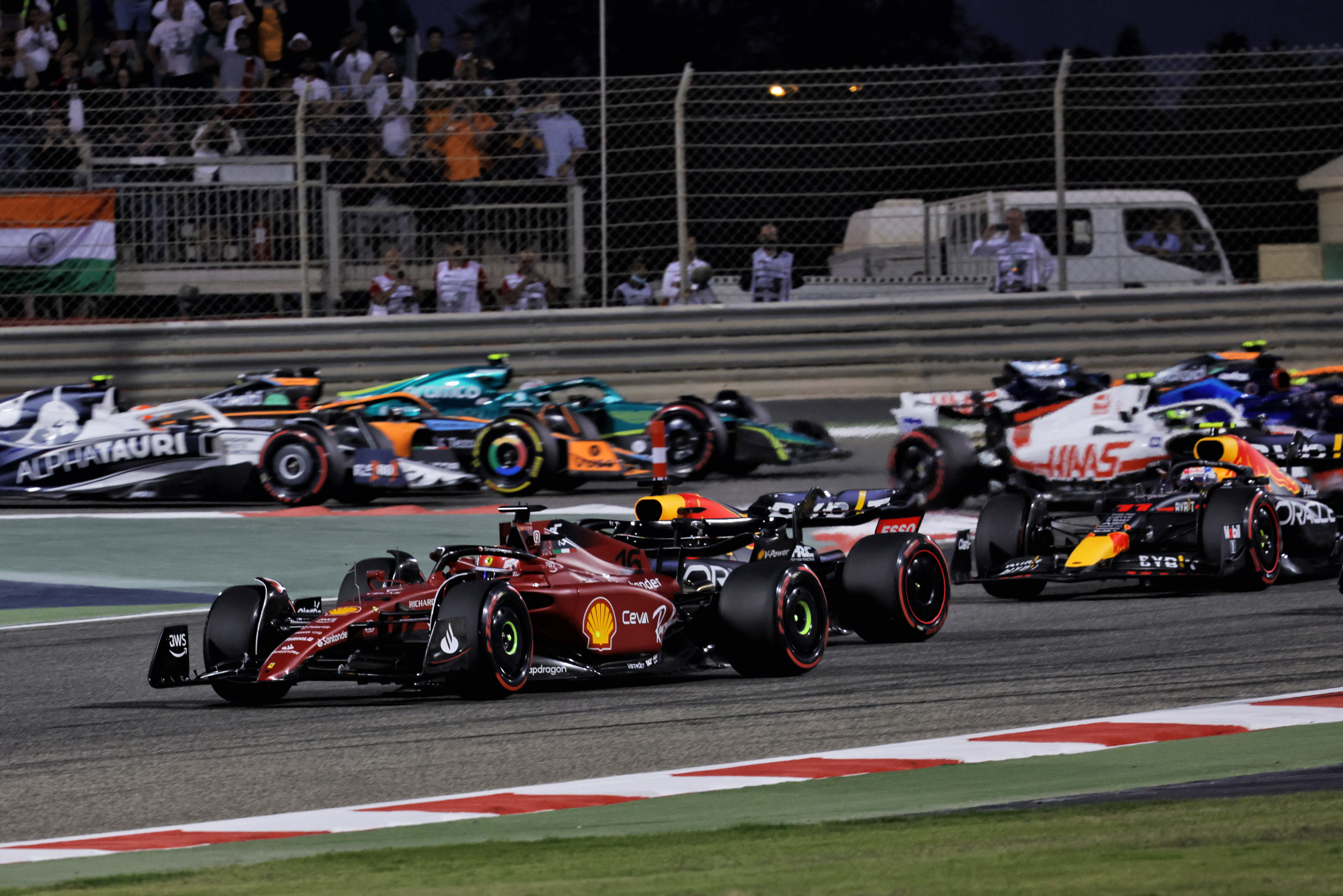
The financial regulations governing the cost cap are also an important factor. While the cost cap kicked in for 2021, this was originally conceived to be introduced with the technical regulations before the COVID-19 pandemic intervened.
With the money teams can spend on their core business – ie designing, developing and racing their cars – capped, the potential of the 10 teams should, theoretically, be similar.
The Concorde Agreement covering 2021-2025 also plays a part in this by ensuring the share of F1’s revenue taken by the teams is distributed more equitably.
The aerodynamic testing regulations (ATR) also contribute. This is effectively a handicap that limits windtunnel and CFD testing on a sliding scale with the most given to the lowest-placed team and the least to the top team.
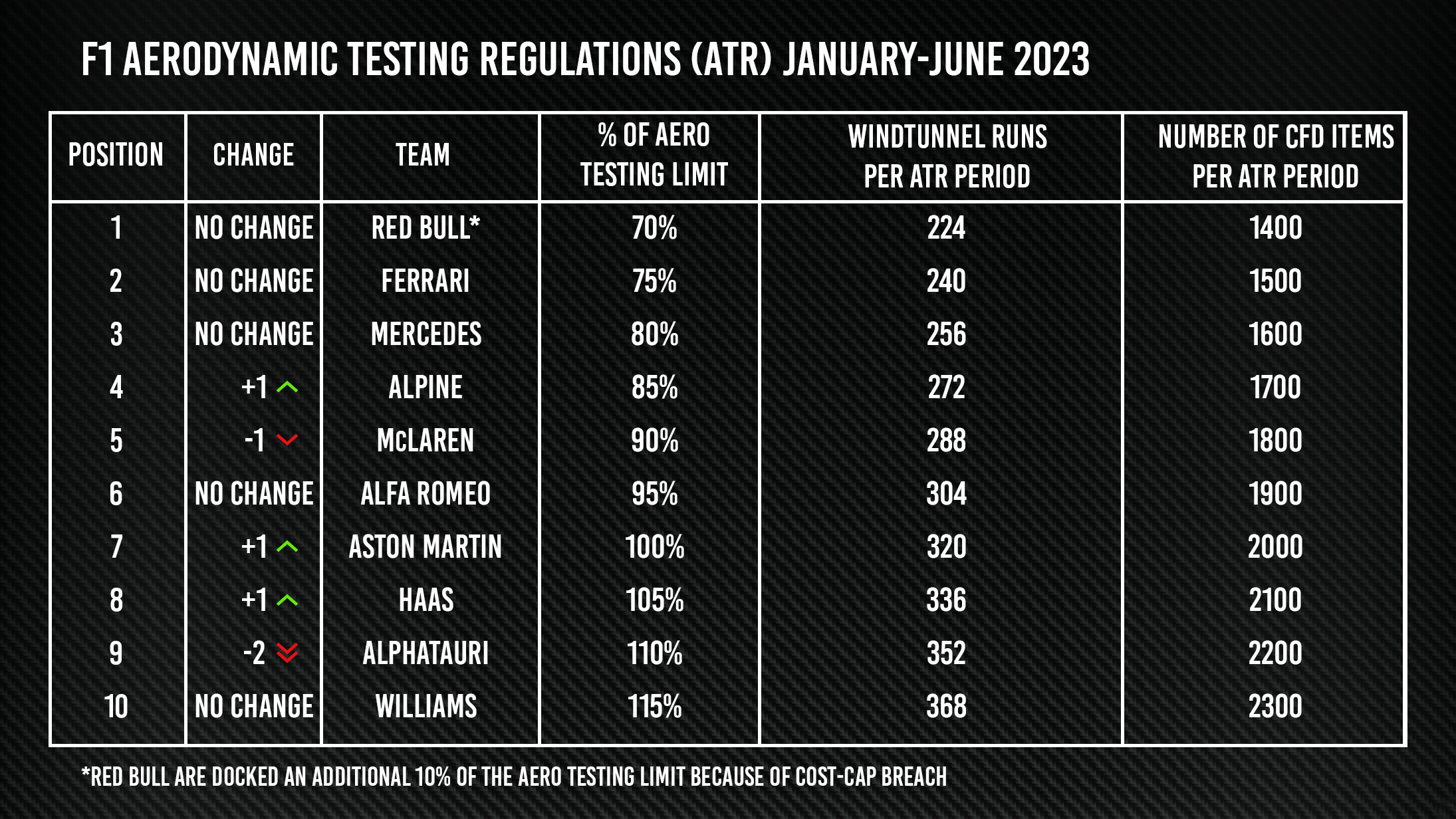
There has never been so concerted a regulatory effort to close up the field in F1 history using such a broad range of tools. So when considering the historical case studies, it’s important to remember that this is a far more all-encompassing strategy than anything seen before.
There’s no lack of case studies to consider given F1’s rules have never been stable for long. Over the years, the rule book has grown steadily with the current technical regulations running to 183 pages.
Stretching back to 1983, when the flat-floor regulations outlawed pure ground effect cars, there have been nine major rules overhauls, including that of 2022.
This gives us eight case studies to consider, looking at the top 10 teams both for the season of the rule change and the following year.
To do this, we’ll use our supertimes methodology, which takes each team’s single fastest lap of a race weekend expressed as a percentage of the outright quickest. This can then be averaged out to give a performance index for the full season.
The reason we’re only looking at the top 10 teams 10 is the smallest number of teams on the grid during the seasons in question, and to eliminate some of the more ramshackle outfits that were woefully uncompetitive primarily thanks to their own inadequacies rather than F1’s rules.
It’s important to note there are myriad varying factors at play, so this is just a chance to look at the basic trends rather than an exhaustive analysis of each rule change.
1983-1984
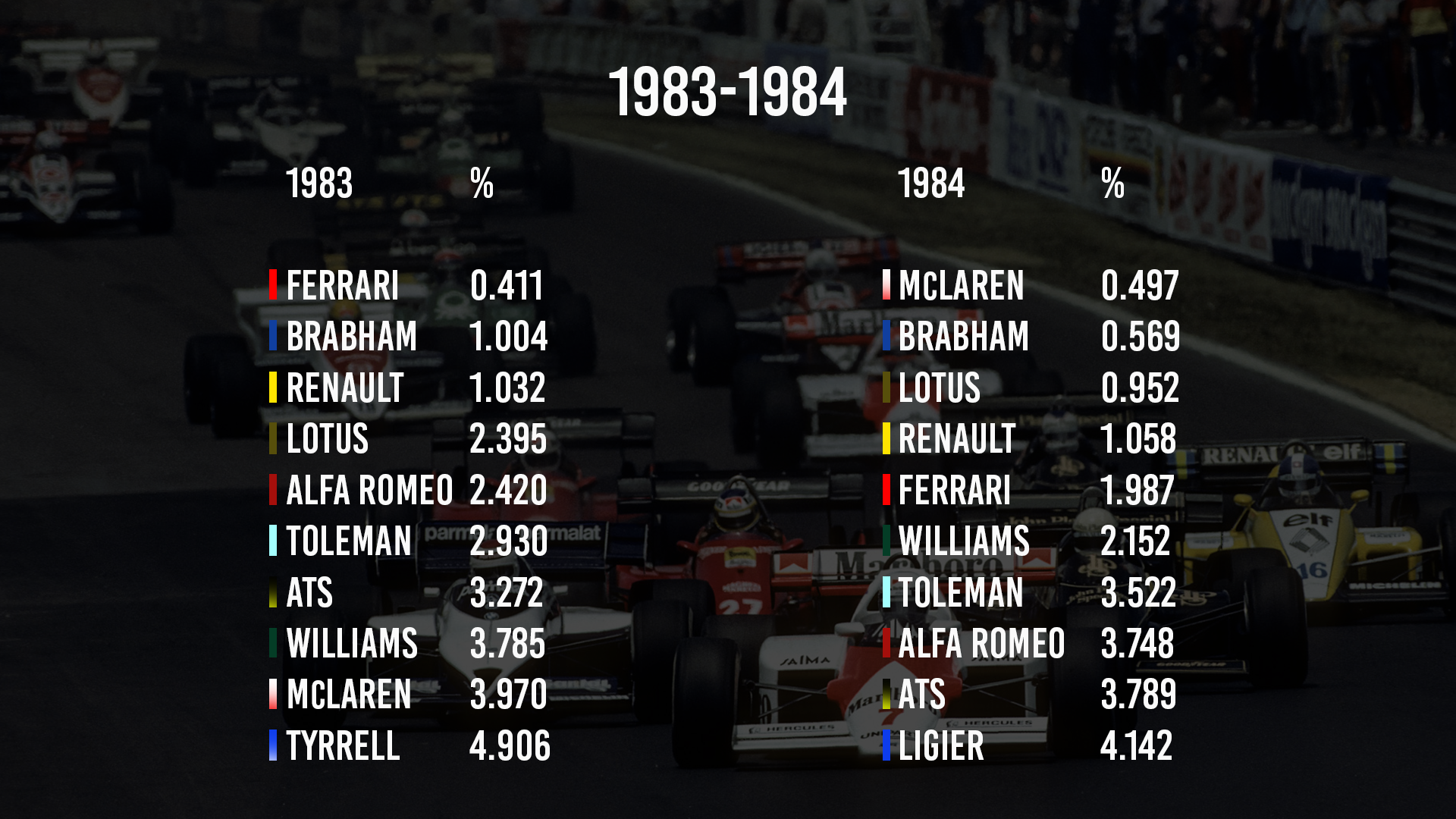
Our first case study is the 1983 changes that effectively banned ground-effect cars via the flat-bottom rules.
In 1983, Ferrari had the fastest car on average and won the constructors’ championship, although Nelson Piquet won the drivers’ title for Brabham.
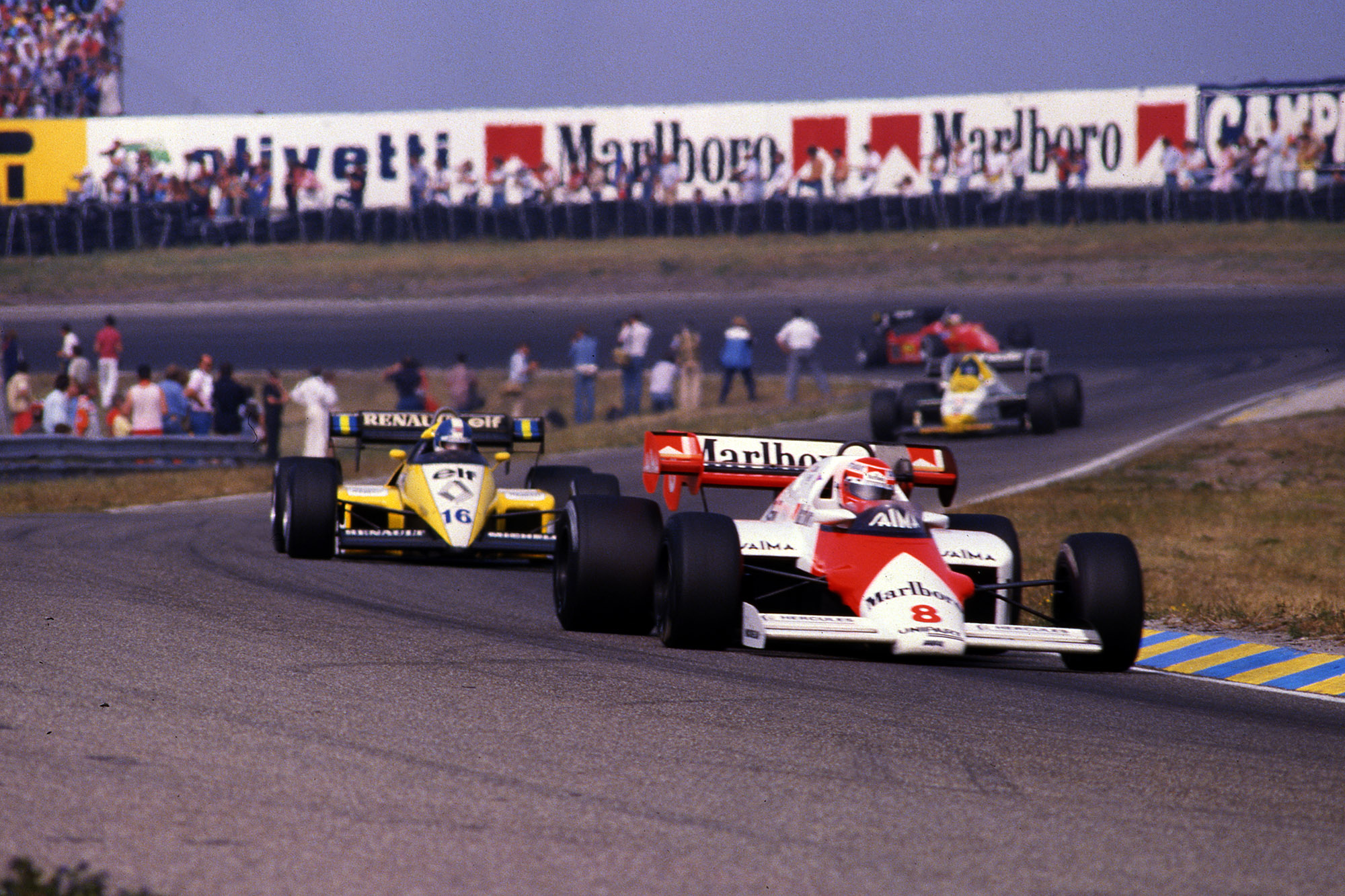
The following year, the field was a little closer, particularly in terms of the gap from first to second, which closed up by just over half-a-percent.
But although the 10th-fastest car was less off the pace, the overall spread in the pack wasn’t dramatically tighter. It certainly didn’t appear to be a closer season at a glance, as despite only being fractionally faster than Brabham on outright pace, McLaren’s race day effectiveness meant it absolutely dominated with 12 wins from 16 races.
1989-1990

The ban on turbo engines kicked in for 1989. Although the majority of the field ran normally-aspirated engines the year before, four of the top five ran turbos. But in 1989, it was still McLaren-Honda on top.
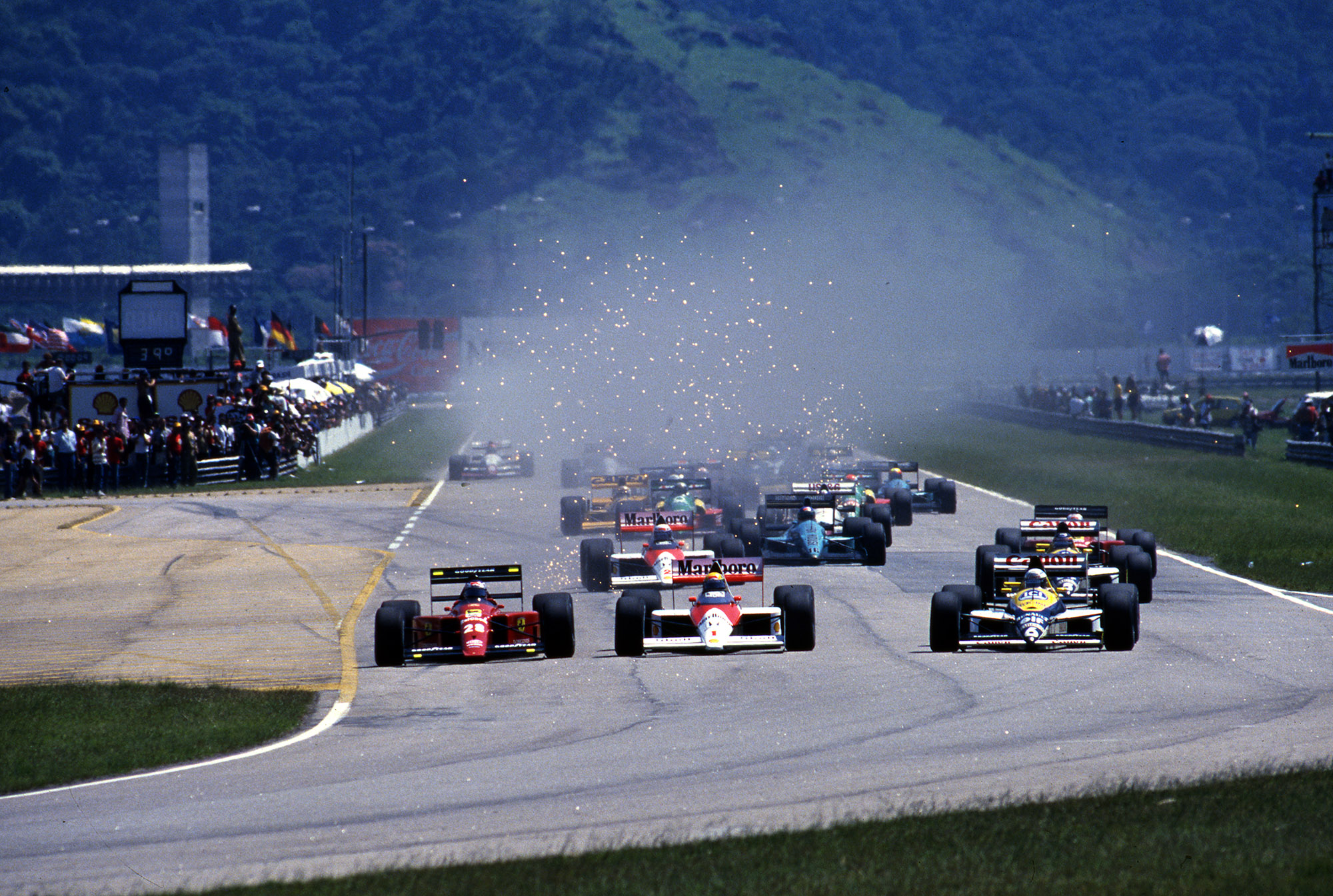
For the second year of this rules cycle, Ferrari roughly halved the gap to McLaren and became a genuine title threat. And while the top-10 spread was similar, things did close up significantly in terms of the top five.
1994-1995
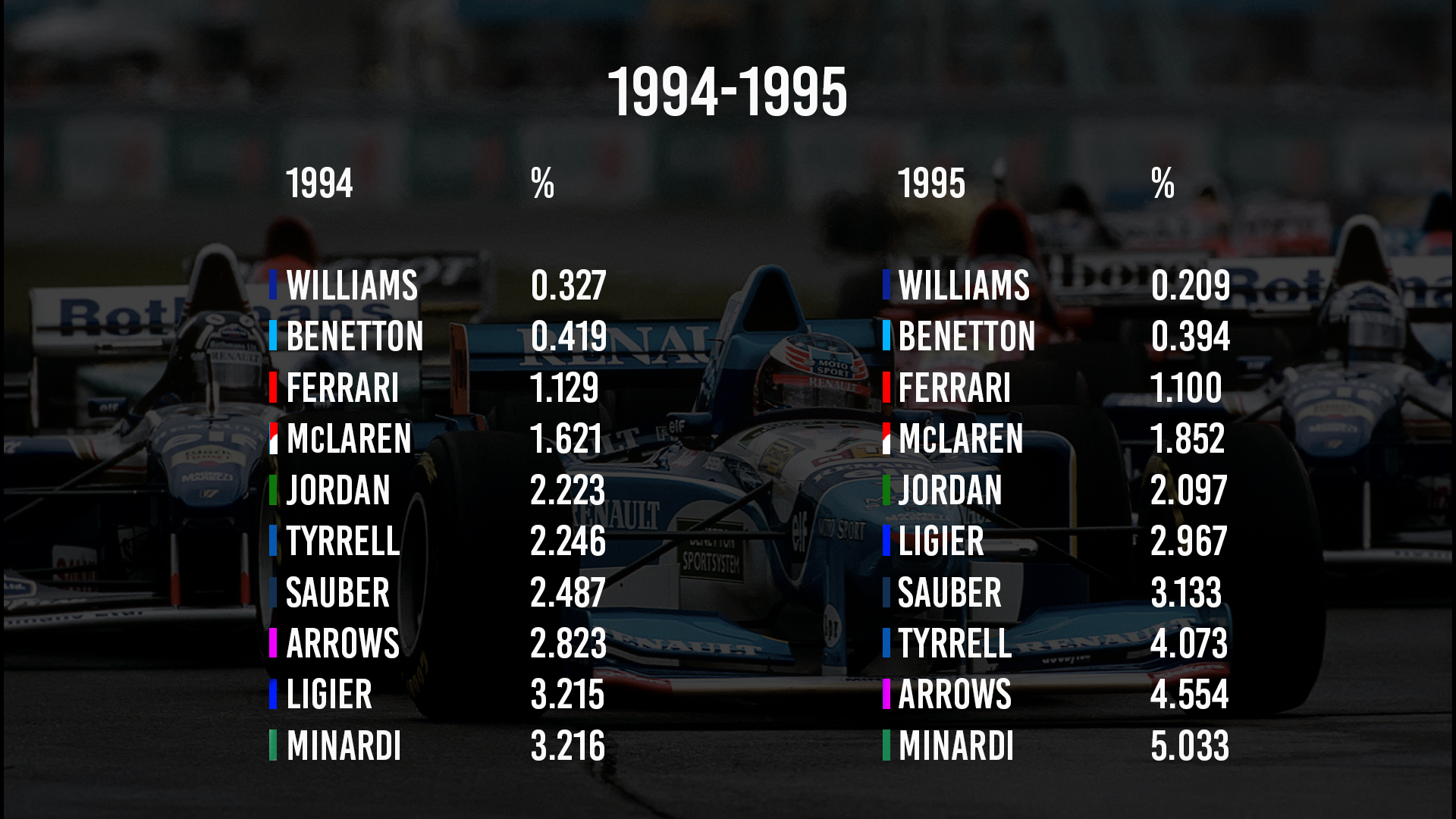
1994 was the year of the so-called electronic gizmo ban, with active suspension, traction control and ABS – among others – outlawed. And while that made life difficult for Williams, and Benetton’s Michael Schumacher claimed his first drivers’ title, Williams still had the fastest car and won the constructors’ championship.
For the second year of this rules period in 1995, the competitive spread in the top 10 is similar in the top five – albeit with the caveat that there was a reduction in engine capacity from 3.5 to 3 litres – and significantly more spread out across the top 10 thanks to a combination of the gains made by the big teams and the fact those further down the order with customer engines were at an even bigger power deficit.
1998-1999
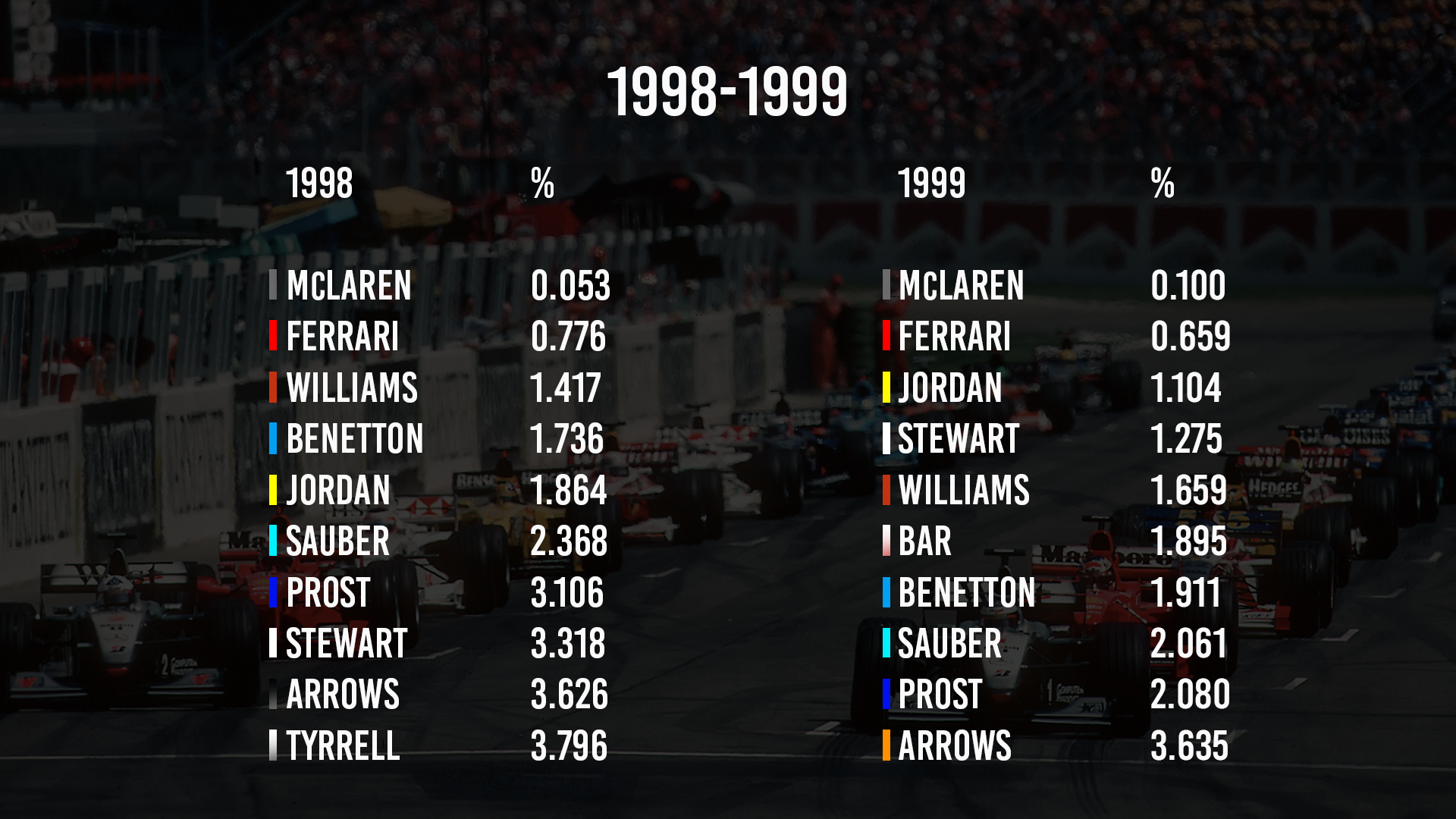
In 1998, narrow-track cars and grooved tyres were introduced, with McLaren taking the initiative.
For the second season of these rules, not a great deal changed. The gap at the front was, on average, similar, as was the spread of the top 5 and top 10. What actually made 1999 more open was the errors around McLaren and Ferrari losing Michael Schumacher to his mid-season broken leg, coupled with Jordan’s improvement putting it in a position to take advantage of the top pair’s problems.
The top two were much closer on performance in the following two years, although Ferrari later asserted its dominance as it set new standards for an F1 team.
2006-2007
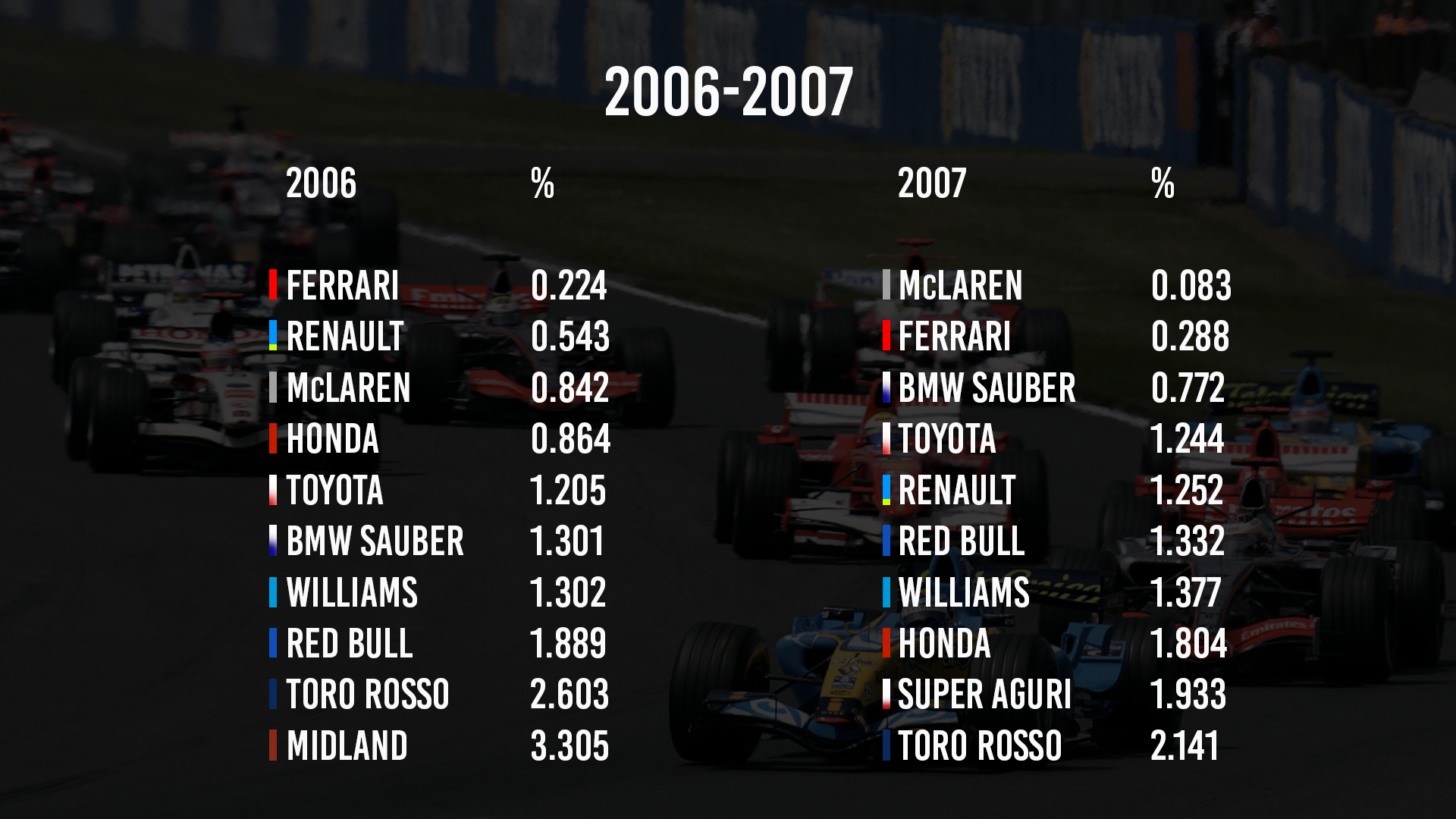
The switch to 2.4-litre engines in 2006 didn’t have an immediate impact, with the chassis regulations largely stable, although this is a case where the top 10 closed up in the second year.
But even then, the front group became smaller with Honda dropping off and the fourth-quickest team’s deficit to the pace increasing significantly.
2009-10
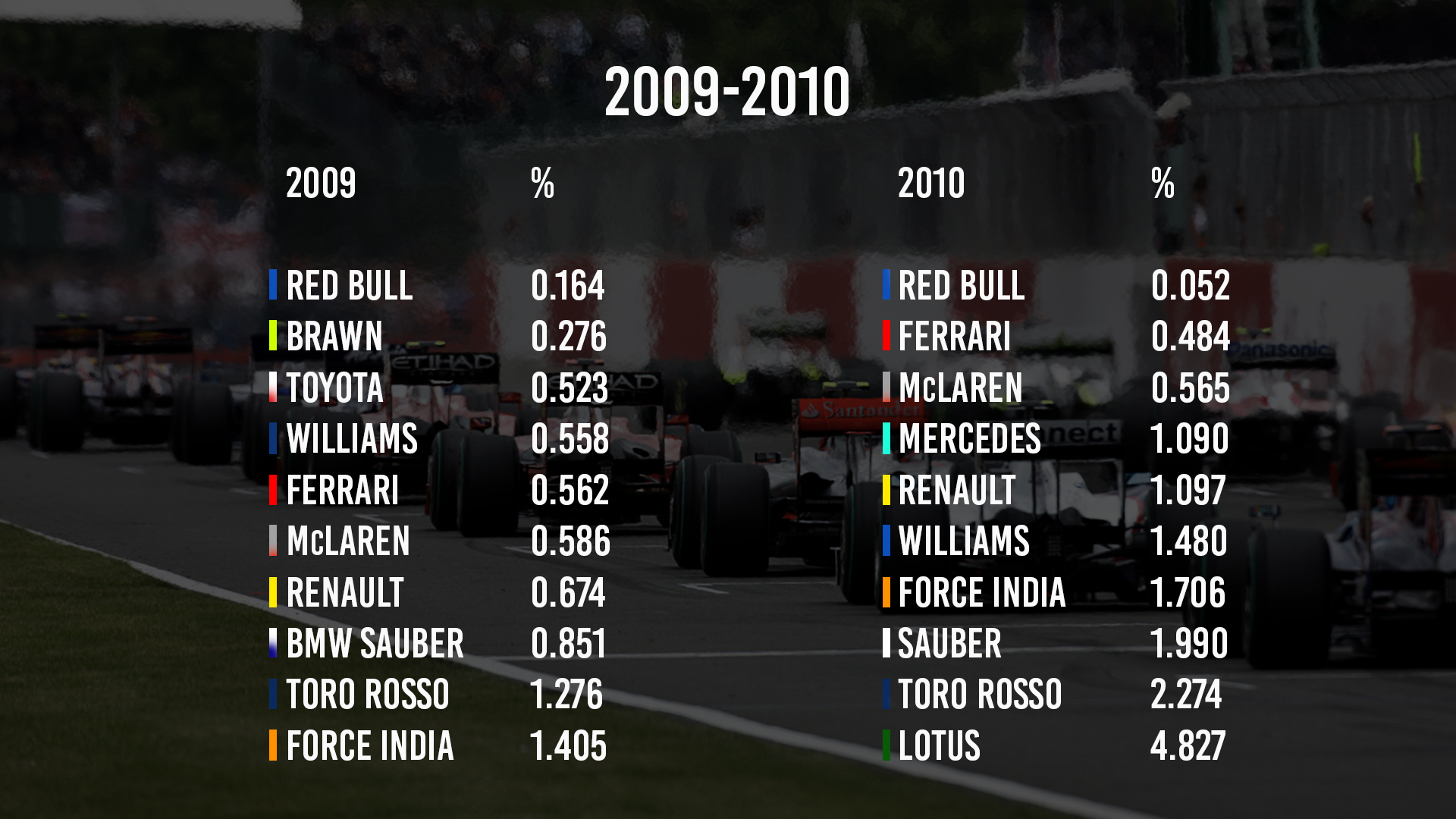
The first season of the ‘skinny’ aerodynamic regulations in 2009 produced a remarkably close field with just 1.4% covering the top 10.
In the second season, the spread dramatically increased throughout the field. But there were mitigating factors, including the fact 10th-quickest team Lotus Racing was a brand new operation, Sauber becoming an independent again after BMW’s withdrawal and the ban on customer cars that inevitably slowed Toro Rosso.
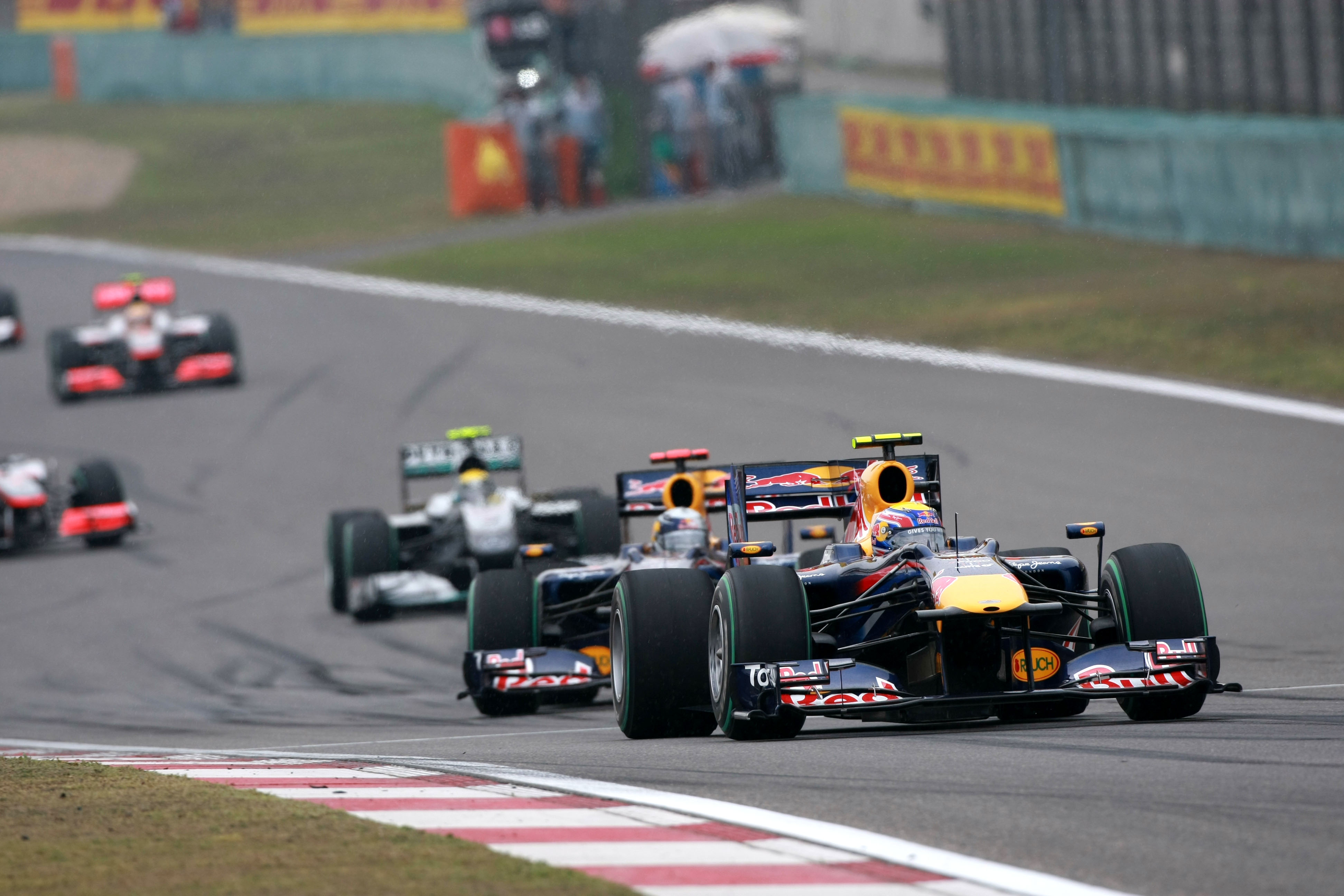
Red Bull was able to design its car from scratch around the double diffuser concept in a way it couldn’t in 2009, when the field was also kept tighter by the fact that early-season dominant force Brawn lacked the development budget to build on its advantage and slipped backwards.
2014-2015
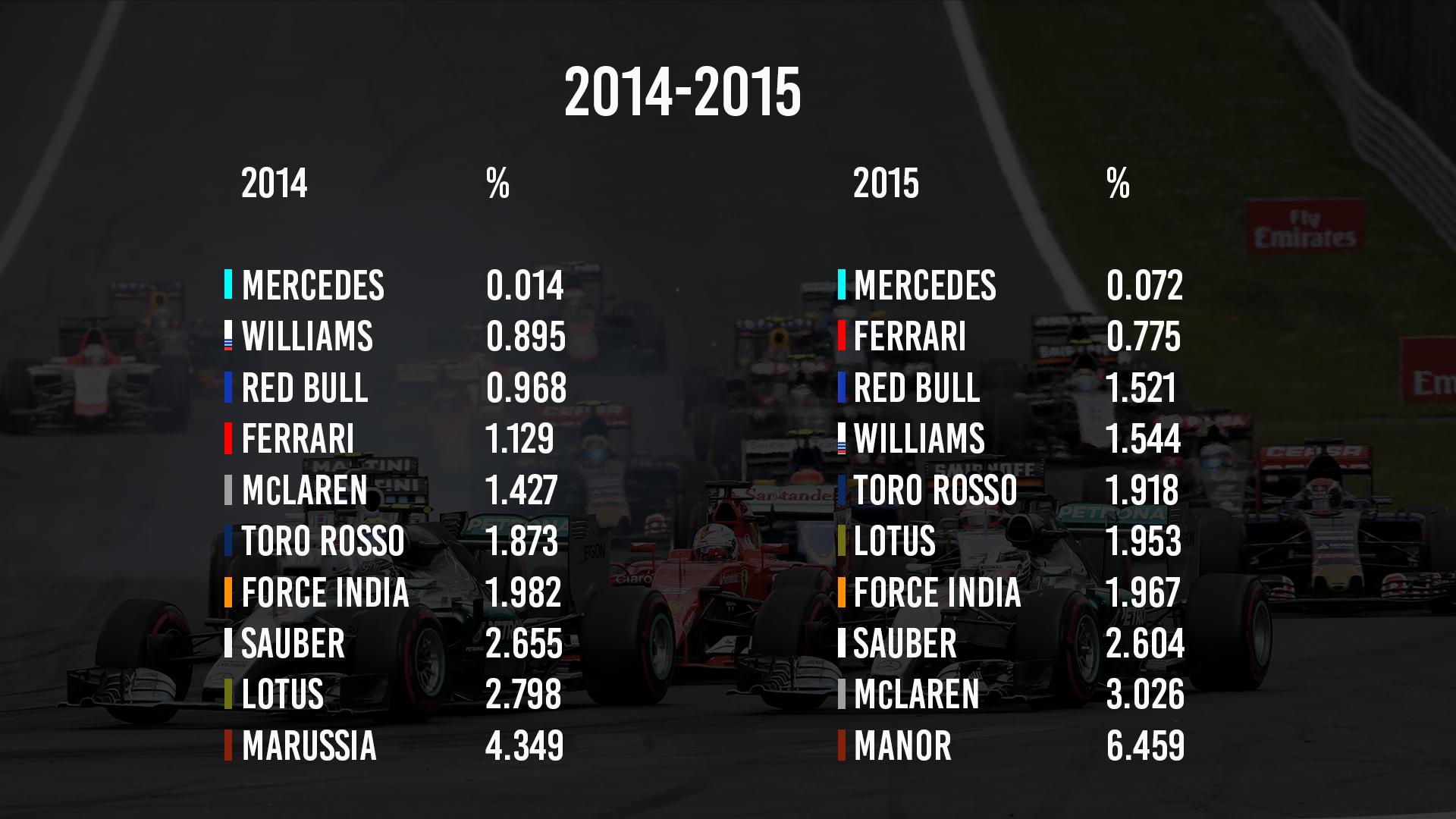
The introduction of the 1.6-litre V6 turbo engines had a big impact on the competitive order, with Mercedes dominating and the team that led the way for the preceding four seasons, Red Bull, slumping thanks to Renault’s engine struggles.
Not much changed in the second season. In fact, Mercedes was more dominant and failed to win only three races with the spread from front to back larger. Even if you take just the top five, the spread was about one-third larger than the previous year, with Red Bull slipping even further off the pace.
2017-2018
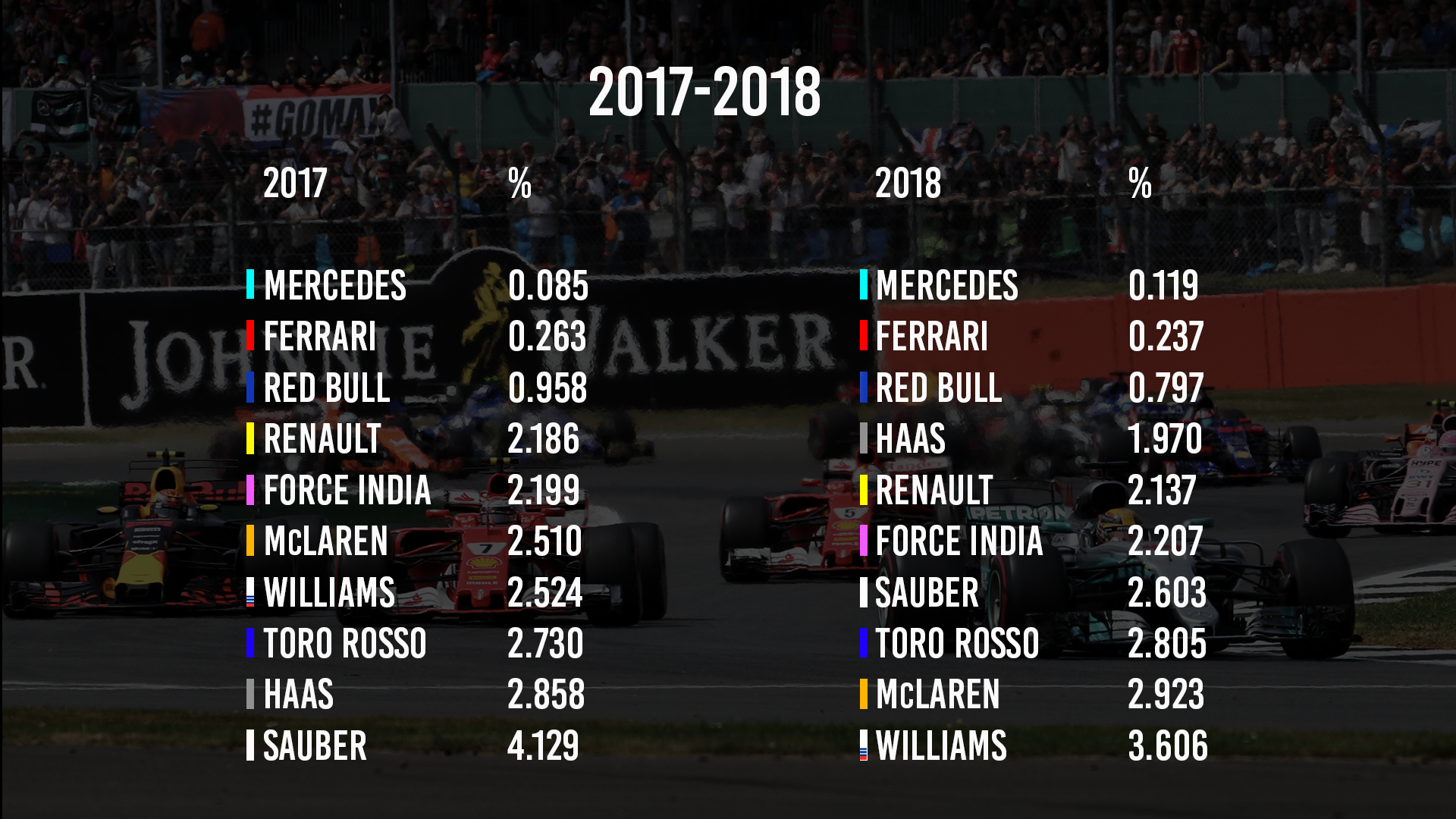
In 2017, F1 brought in wider cars generating more downforce and wider tyres. Mercedes stayed on top, as was usually the case during this era.
But there was little change in terms of how close the field was for the second year of the regs, save for at the very back where Sauber’s recovery and Williams’s continued decline criss-crossed in a way that meant 2018’s slowest car wasn’t as bad as 2017’s had been. Otherwise, things were similar.
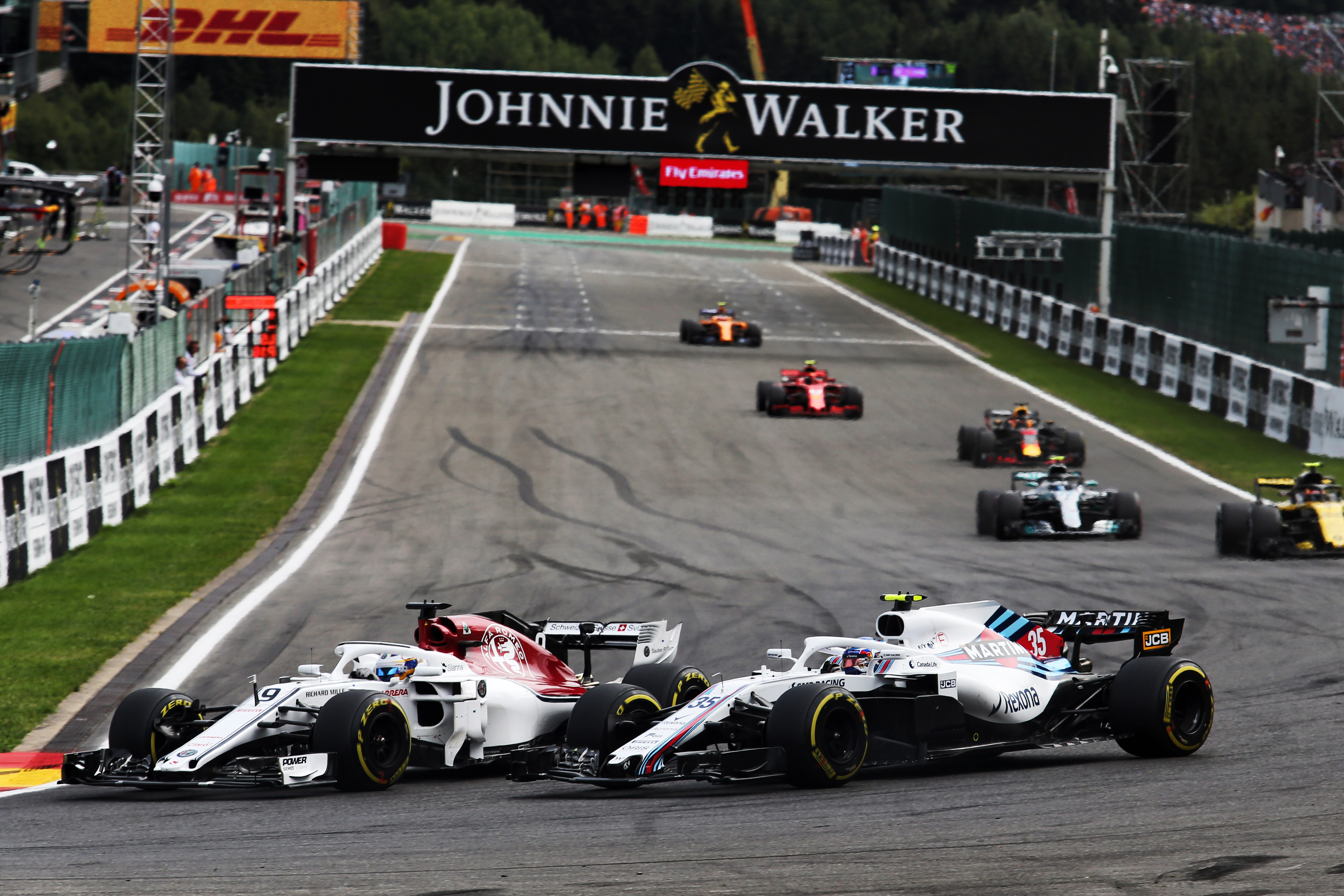
Each of the seven examples we’ve looked at has produced a slightly different pattern in the second season.
But on average, while there is a small gain in the gap between the top two and the spread of the top five, it’s not a dramatic shift. The top 10 is over half a percent on average more spread out, although that’s distorted by a couple of extreme cases.
There’s also a slight increase on average in the standard deviation from the first to second year. That’s a measure of the spread of each data set compared to the mean average, meaning that there’s a tendency for performance to get marginally less clustered in the second year.
So history tells us that while there can be a gentle effect in year two, it’s not usually a dramatic shift.
There’s also no reason to expect immediate change given the size of the advantage F1’s biggest teams built up over the previous decade in terms of facilities and knowledge.
The leading midfielders last year, Alpine and Mclaren, also have their sights focused beyond 2023. Alpine is just one year into its much-vaunted 100-race plan to emerge as a regular frontrunner, while McLaren has long said it doesn’t anticipate being able to make major inroads on the top teams until 2024 once its new windtunnel gets up and running this year.
Further down the order, Aston Martin is moving into a new factory and waiting on its new windtunnel, which will start to be used in 2024, while the Sauber-run Alfa Romeo team is still recovering from the financial difficulties of the post-BMW era and ramping up after a difficult decade – now with the focus on building towards 2026 when it becomes the Audi works team.
And while the FIA aimed for the field to close up, the expectation was always that this would take several years.
“In terms of being the first year of the regulations, I think the gaps were very low for the first year of new regulations,” said FIA head of single-seater technical matters Nikolas Tombazis.
“If it was the fifth year like that, it would be a bit more worrying. If you look back at first year’s regulations and either 2014 or 2009 or 1998, these first years usually had some fairly big gaps. This year, it’s been much less than that.”
It is going to take time for the field to close up, but there are reasons to expect it to do so. This is the most comprehensive rules overhaul in F1 history and given it’s such a complex sport, it will inevitably require years, rather than months, for the full effect to be felt.


